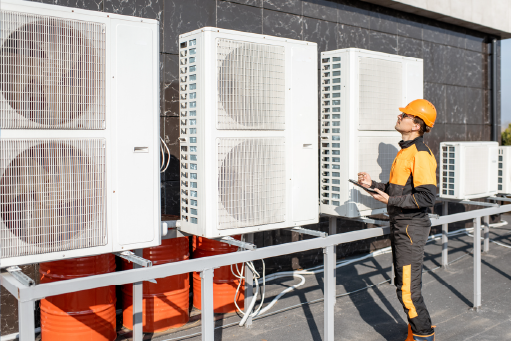
by 7NOX Team | Apr 8, 2024 | FM, Industry Trends, Sustainability
In today’s fast-paced environment, the design of workplace spaces significantly impacts the mood, health, and productivity of employees. Facility managers and owners are shifting their focus. They’re no longer just creating spaces that fulfill basic needs....

by 7NOX Team | Feb 24, 2023 | Energy Management, Maintenance, Sustainability
Heating, ventilation, and air conditioning (HVAC) systems are a critical component of any building’s infrastructure. They are responsible for maintaining indoor air quality and ensuring a comfortable environment for building occupants. However, HVAC systems can...

by Elwin McKay-Smith | May 26, 2022 | Energy Management, Smart Buildings, Sustainability
After the former-company-known-as-Facebook rebranded itself in late 2021 to Meta, much of the world discovered the “metaverse”—the next generation of human connectivity that would fundamentally transform how we socialize and work. According to Zuckerberg’s...

by 7NOX Team | May 5, 2022 | After-Hours HVAC, Energy Management, HVAC, Sustainability
Buildings are responsible for a significant chunk of emitted green house gases (GHGs) into the atmosphere. Therefore, they’re a leading contributor to global warming. In the U.S., buildings account for 40% of all U. S. primary energy and its associated GHG...

by 7NOX Team | Mar 24, 2022 | After-Hours HVAC, SaaS, Sustainability, Uncategorized
If you have commercial tenants, they’ve likely scheduled heating or air conditioning outside of your building’s usual business hours. Managers and owners commonly refer to these extra hours as overtime HVAC, after-hours HVAC, after-hours air conditioning or some...

by 7NOX Team | Sep 10, 2021 | After-Hours HVAC, Energy Management, Sustainability
Counting every kWh your property uses is important for your NABERS Energy Rating assessment. The more detailed your records, the more accurate your rating will be. Getting a true picture of your energy consumption means including and documenting your after-hours air...







